The atmosphere is gentle, almost silent, and echoes the naturalist tradition of the second half of the 19th century. The scene is not folkloric but deliberately universal and peaceful, in the spirit of the Barbizon school and painters of rural Normandy, such as Jules Breton or Jean-François Millet.
The palette, dominated by warm browns, muted greens and the light touches of headdresses and clothing, gives the scene a rustic warmth.Léonard Saurfelt, a regular exhibitor at the Paris Salon at the same time, distinguished himself with his scenes of markets, countryside and daily life, particularly in Normandy, a region to which this painting is most likely linked by its style, atmosphere and the clothing typology of the figures.
The scene is dated 1871, a pivotal year marked by the end of the Second Empire, the Franco-Prussian War and the birth of the Third Republic. In this troubled context, the peaceful representation of Norman rural life takes on an almost nostalgic dimension, celebrating a peasant world still intact, outside of political tumult.
The painting shows some small losses of material in the pictorial layer, particularly visible on certain clothes and dark areas. We also observe the presence of old stains and superficial dirt which do not affect the legibility of the scene.
The panel, made of oak wood, shows a slight deformation linked to its age, but remains stable and solid. The gilt wood frame, of modern manufacture, is in very good general condition. Dimensions: panel 41 × 26 cm – modern gilt wood frame: 53 × 39 cm



















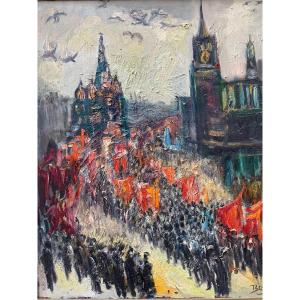





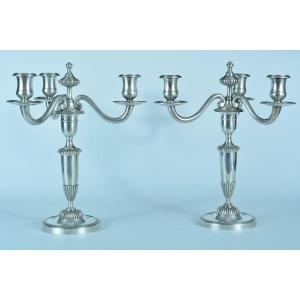

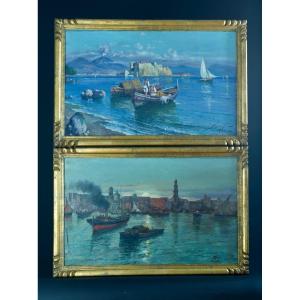





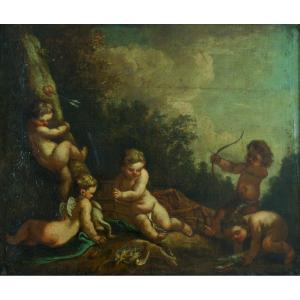



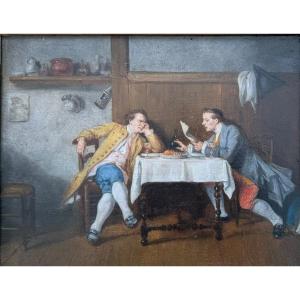




 Le Magazine de PROANTIC
Le Magazine de PROANTIC TRÉSORS Magazine
TRÉSORS Magazine Rivista Artiquariato
Rivista Artiquariato